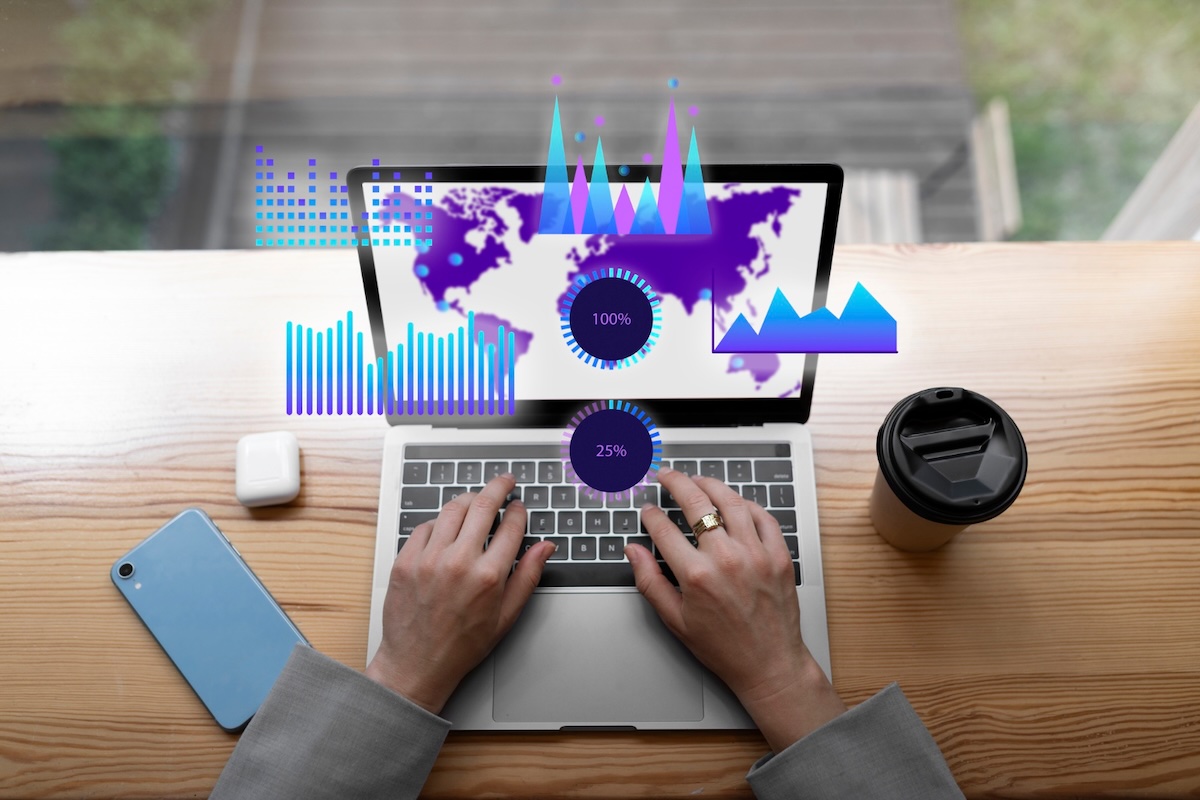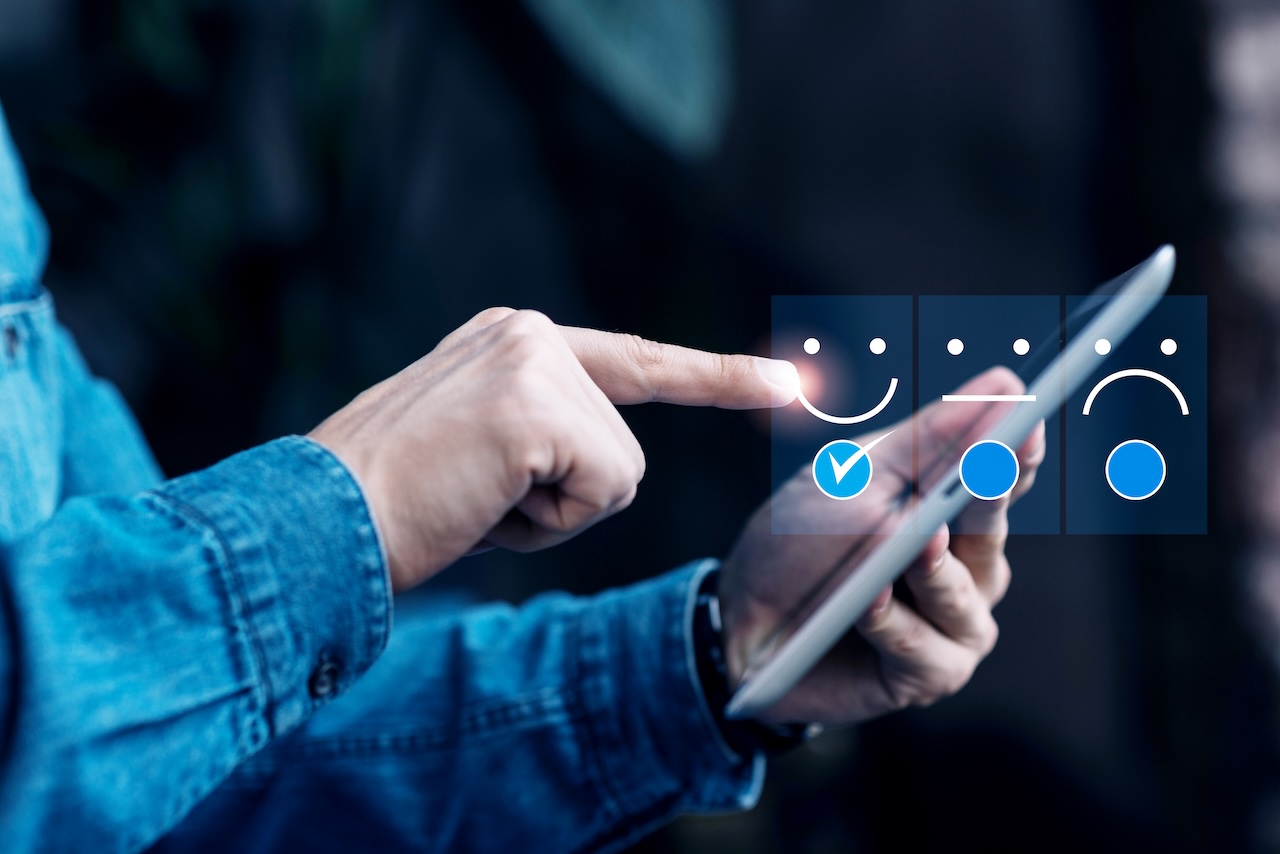
Winning new users feels exciting—but if you can’t keep them, your growth is built on sand. Retention is what turns early traction into lasting revenue. It’s the part of SaaS that quietly makes or breaks everything else.
The truth is, most teams don’t have a user acquisition problem. They have a retention problem. People try the product, but they don’t stick. They churn quietly. They leave before you’ve had a chance to show them the real value.
If you want long-term growth, you need more than a great sign-up flow. You need a product people want to return to, week after week. In this guide, we'll walk you through the top 9 strategies and habits that can make that happen.
1. Build Web Apps That Don’t Get in the Way
Knowing how to build web apps that support retention means cutting out anything that slows users down or distracts them from real value. The best-performing SaaS products feel effortless. That only happens when development priorities focus on stability, clarity, and logical design.
For SaaS businesses, a user-friendly design is key in retaining customers and boosting metrics like Monthly Recurring Revenue (MRR) and Annual Recurring Revenue (ARR).
Users don’t care how clever the backend is if the front-end frustrates them. The second they have to click twice where once would do, you’ve created friction.
Use product usage data to refine flows. Watch what users ignore, not just what they click. Simplify ruthlessly. And keep testing—because what works today might feel outdated next quarter.
2. Let Customer Success Teams Do Their Job Right
Support answers tickets. A well-trained customer support team is essential for providing fast and efficient assistance to enhance customer retention. Success teams build relationships. If your SaaS model includes a customer success function, treat them like a feedback loop and a growth lever, not a cost center.
The best success teams:
- Flag patterns in user behavior that devs miss
- Escalate friction points before users leave
- Champion user needs during roadmap planning
They also keep the human element alive in a product-heavy business, which directly influences customer satisfaction in SaaS. When users feel like someone’s actually listening, they’re more likely to stay. No over-automation beats real conversation.
3. Focus on Customer Retention to Build Real Value
SaaS thrives when customer lifetime value increases steadily. If churn rises, even solid acquisition can't save you. That’s why tracking the customer retention rate isn’t optional—it reveals how loyal your users are and how healthy your business really is.
Start with Net Revenue Retention (NRR). It tells you how much recurring revenue you’re keeping after factoring in expansion and churn. A 120% NRR means your existing customers are not only staying but also spending more. This is the benchmark top SaaS companies hit in 2024. Anything below 100% means you’re shrinking. Aim to track NRR monthly and segment it by cohort or plan level.

Gross Revenue Retention (GRR) strips out upsells and focuses on pure retention. A healthy GRR usually sits between 85% and 95%. If it’s lower, you’re losing customers at a rate that’ll eat your margins.
To move these metrics, focus on:
- Expanding value for existing users through usage-based pricing or new features
- Identifying churn patterns by analyzing time-to-value and usage drop-offs
- Acting fast on downgrade signals like reduced logins or decreased feature usage
4. Make Product Decisions That Align with Customer Retention Strategies
Retention starts with product decisions. Many SaaS teams treat development like a sprint to MVP. That mindset works early on, but it doesn’t help you hold users long-term. The way you think about how to build web apps has to shift.
Incorporating customer feedback into your product decisions is crucial for understanding user needs and making improvements that keep users around. If the interface feels clunky, if the workflows don’t match real habits, or if the app loads slower than your competitors—you’re giving users reasons to bounce. Retention-friendly development means focusing on:
- Clean and intuitive navigation
- Fast load times and reliable uptime
- Role-based features that actually make sense
- Feature access that matches usage patterns
These aren’t bells and whistles. They’re the difference between a tool and a headache.
5. Treat Onboarding as a Make-or-Break Moment
You don’t get a second chance to make a solid first impression. Remember, onboarding isn’t a checkbox—it’s where you prove your product can do what you promised. Ineffective onboarding can lead to increased customer churn, as users who don't quickly see value are more likely to leave.
Start with one goal: get users to their first win fast. If someone signs up and doesn’t see value in the first session, your odds of keeping them drop fast. To improve that, build onboarding that:
- Highlights one clear use case
- Uses guided walkthroughs instead of dumping a help center on users
- Rewards momentum with small achievements (think checklists, badges, simple next steps)
Retention starts here. If you wait until the renewal cycle to care, you’re already behind.
6. Track Retention Metrics to Prevent Customer Churn
Track the numbers that actually tell you something. Vanity metrics create a false sense of momentum. Instead, focus on leading indicators tied to long-term retention. Tracking customer retention rates is crucial to gauge the effectiveness of your retention strategies. A few examples worth your time:
- Time-to-first-value (how fast users succeed)
- Stickiness (daily or weekly active users over monthly active users)
- Support ticket trends (rising issues = trouble ahead)
- Expansion activity (usage growth or plan upgrades)
Don’t just compare yourself to benchmarks. Use them as reference points, then focus on your own usage curves. SaaS customer retention strategies work better when you know your product’s specific friction points.
7. Personalize Without Overcomplicating Things

Users want relevance. They don’t want spam. Smart segmentation lets you deliver timely nudges without overwhelming the user.
Collecting user feedback through surveys like CSAT and NPS is key to personalizing user experiences effectively.
Behavior-based triggers work well here. For instance, if a power user suddenly stops engaging with a core feature, that’s your cue. Don’t wait for them to cancel—check in, offer help, or share what’s new.
You don’t need fancy AI to pull this off. Just set clear rules:
- Trigger emails when key features go unused for X days
- Surface help docs when someone hits a known pain point
- Let success managers know when high-value accounts go quiet
It’s not about being everywhere. It’s about being helpful at the right time.
8. Keep Users Educated and Confident to Ensure Customer Satisfaction
If users don’t understand how to get value, they won’t stick around. Education should be baked into the product, not an afterthought hidden in a help doc.
Educating users not only helps them understand the product better but also enhances customer loyalty and retention by making them feel supported and valued.
Use every channel you have:
- In-app guides for common workflows
- Short videos that show advanced use cases
- Monthly webinars to showcase new features
You’re not just teaching them how to use the tool—you’re helping them get better at their job. That’s sticky.
9. Expand Value to Keep Customers Around Longer
The longer someone stays, the more valuable they become. But only if the product keeps delivering. To increase SaaS customer lifetime value, you need a product that grows with the user.
Retaining existing customers is crucial for the success of SaaS businesses. Maintaining a strong relationship with current users not only reduces acquisition costs but also enhances profitability through greater customer lifetime value.
That means:
- Unlocking advanced features based on actual use
- Offering flexible pricing as usage scales
- Making add-ons feel like logical progress, not upsells
Retention doesn’t just protect revenue—it expands it. When you match product evolution to customer needs, you create more reasons for them to stay and spend.
Wrapping Up
Retention won’t fix itself. It’s not a feature you build once and forget. It’s the outcome of dozens of daily choices across product, support, and success.
The SaaS teams that win long-term treat retention as an ongoing discipline. Not with buzzwords. Not with gimmicks. But with thoughtful design, fast feedback, and consistent delivery. Continuous efforts in retaining customers are crucial for long-term success, as loyal customers lead to consistent revenue streams.
If you keep solving real problems and stay close to your users, you don’t have to beg them to stay. They’ll do it on their own, because retention isn't luck. It's a mindset you build into everything you ship, test, and improve. Make it part of your culture and your growth will follow.
Share this post
Leave a comment
All comments are moderated. Spammy and bot submitted comments are deleted. Please submit the comments that are helpful to others, and we'll approve your comments. A comment that includes outbound link will only be approved if the content is relevant to the topic, and has some value to our readers.

Comments (0)
No comment